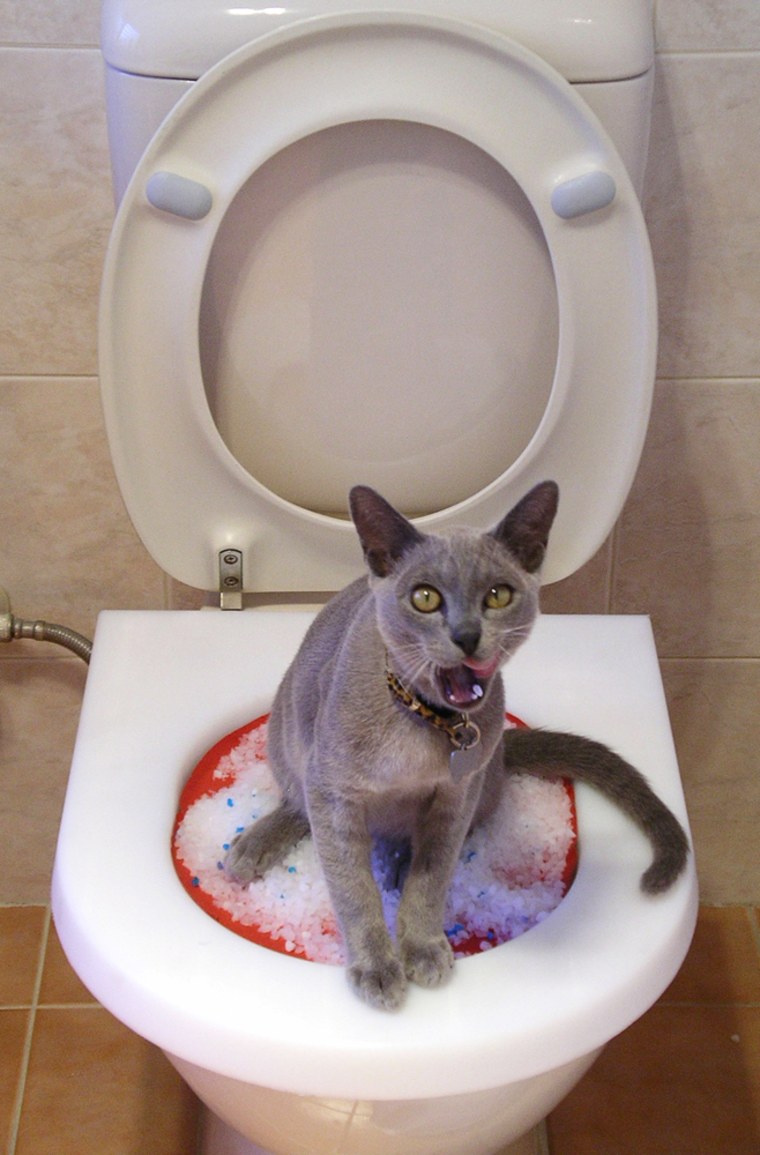Right here down the page you'll find lots of reliable insights pertaining to Can You Flush Cat Poo or Litter Down the Toilet?.

Intro
As pet cat owners, it's vital to be mindful of how we throw away our feline friends' waste. While it may seem convenient to purge cat poop down the toilet, this technique can have damaging effects for both the environment and human health.
Alternatives to Flushing
Thankfully, there are much safer and extra liable methods to deal with feline poop. Consider the following alternatives:
1. Scoop and Dispose in Trash
The most typical technique of getting rid of feline poop is to scoop it into an eco-friendly bag and throw it in the trash. Make sure to use a devoted trash scoop and get rid of the waste immediately.
2. Usage Biodegradable Litter
Select eco-friendly feline trash made from materials such as corn or wheat. These litters are eco-friendly and can be securely gotten rid of in the trash.
3. Bury in the Yard
If you have a yard, consider burying cat waste in an assigned location far from veggie yards and water sources. Make certain to dig deep adequate to stop contamination of groundwater.
4. Set Up a Pet Waste Disposal System
Purchase an animal waste disposal system specifically designed for pet cat waste. These systems make use of enzymes to break down the waste, decreasing smell and environmental effect.
Health Risks
In addition to ecological problems, purging pet cat waste can additionally present health and wellness threats to human beings. Feline feces may have Toxoplasma gondii, a bloodsucker that can cause toxoplasmosis-- a possibly extreme health problem, particularly for expectant ladies and people with weakened body immune systems.
Ecological Impact
Flushing pet cat poop introduces unsafe virus and bloodsuckers into the supply of water, posing a substantial danger to aquatic ecological communities. These pollutants can negatively affect marine life and concession water high quality.
Conclusion
Liable pet ownership prolongs beyond supplying food and shelter-- it additionally involves proper waste monitoring. By avoiding purging feline poop down the toilet and selecting alternative disposal approaches, we can minimize our ecological footprint and secure human health.
Why Can’t I Flush Cat Poop?
It Spreads a Parasite
Cats are frequently infected with a parasite called toxoplasma gondii. The parasite causes an infection called toxoplasmosis. It is usually harmless to cats. The parasite only uses cat poop as a host for its eggs. Otherwise, the cat’s immune system usually keeps the infection at low enough levels to maintain its own health. But it does not stop the develop of eggs. These eggs are tiny and surprisingly tough. They may survive for a year before they begin to grow. But that’s the problem.
Our wastewater system is not designed to deal with toxoplasmosis eggs. Instead, most eggs will flush from your toilet into sewers and wastewater management plants. After the sewage is treated for many other harmful things in it, it is typically released into local rivers, lakes, or oceans. Here, the toxoplasmosis eggs can find new hosts, including starfish, crabs, otters, and many other wildlife. For many, this is a significant risk to their health. Toxoplasmosis can also end up infecting water sources that are important for agriculture, which means our deer, pigs, and sheep can get infected too.
Is There Risk to Humans?
There can be a risk to human life from flushing cat poop down the toilet. If you do so, the parasites from your cat’s poop can end up in shellfish, game animals, or livestock. If this meat is then served raw or undercooked, the people who eat it can get sick.
In fact, according to the CDC, 40 million people in the United States are infected with toxoplasma gondii. They get it from exposure to infected seafood, or from some kind of cat poop contamination, like drinking from a stream that is contaminated or touching anything that has come into contact with cat poop. That includes just cleaning a cat litter box.
Most people who get infected with these parasites will not develop any symptoms. However, for pregnant women or for those with compromised immune systems, the parasite can cause severe health problems.
How to Handle Cat Poop
The best way to handle cat poop is actually to clean the box more often. The eggs that the parasite sheds will not become active until one to five days after the cat poops. That means that if you clean daily, you’re much less likely to come into direct contact with infectious eggs.
That said, always dispose of cat poop in the garbage and not down the toilet. Wash your hands before and after you clean the litter box, and bring the bag of poop right outside to your garbage bins.
https://trenchlesssolutionsusa.com/why-cant-i-flush-cat-poop/

Do you really like reading up on Don’t flush cat feces down the toilet? Try to leave a comment down the page. We will be pleased to find out your views about this write up. In hopes that you visit us again before long. Don't hesitate to set aside a second to promote this write-up if you enjoyed reading it. We recognize the value of reading our article about Can You Flush Cat Poop Down The Toilet?.
Click Here
Comments on “The Risks of Disposing Cat Poop in Your Toilet - Preventive Measures”